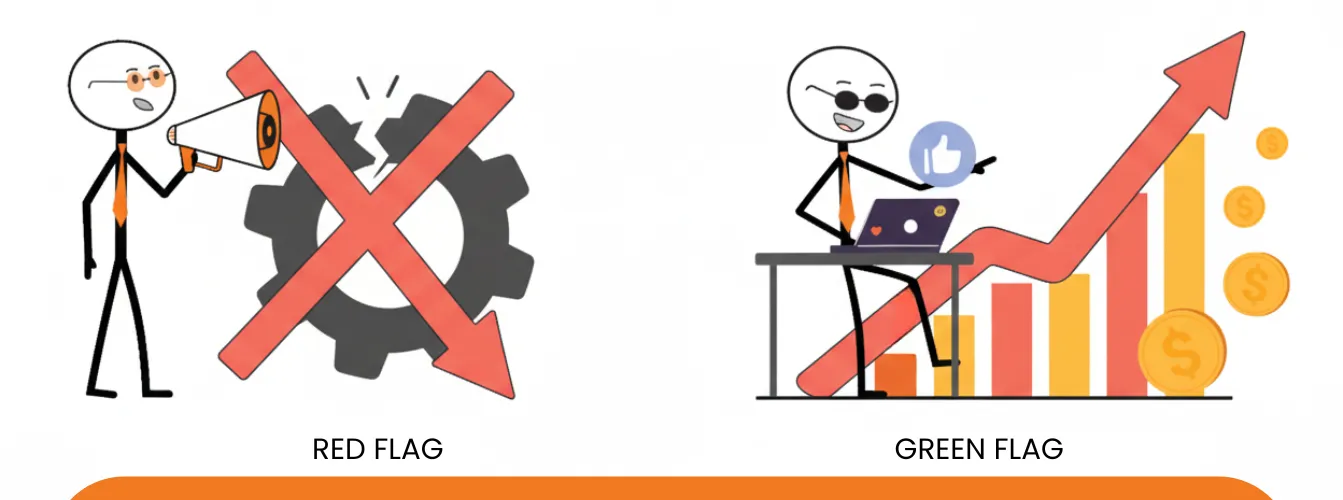In the fast-paced world of digital marketing, acronyms like SEO, SEM, and SMM are ubiquitous, often leading to confusion about their unique roles and benefits. These three strategies are crucial for driving traffic, increasing visibility, and boosting sales. This blog will demystify SEO (Search Engine Optimization), SEM (Search Engine Marketing), and SMM (Social Media Marketing), helping you understand their differences, advantages, and how to integrate them into a successful marketing strategy.
Comparison of Digital Marketing Strategies
| Strategy | Goal | How It Works | Cost | Timeline |
| SEO | Improve organic search visibility | Optimize your website for relevant keywords | Long-term investment | Long-term |
| SEM | Increase paid search visibility | Buy ads that appear on search engine results pages | Pay-per-click (PPC) | Short-term |
| SMM | Increase social media visibility | Create and share content on social media platforms | Free or paid | Varies |
What is SEO?
Search Engine Optimization (SEO) involves optimizing your website to rank higher in search engine results pages (SERPs) organically.
Purpose
The primary goal is to increase the quantity and quality of traffic to your website through unpaid search engine results.
Key Components of SEO
- Keyword Research: Identifying the words and phrases that potential customers use to search for products or services.
- On-Page SEO: Optimizing individual web pages, including content quality, keyword placement, and meta tags, to rank higher.
- Off-Page SEO: Building backlinks from reputable sites to improve your site’s authority.
- Technical SEO: Ensuring your website is technically sound with fast loading speeds, mobile-friendliness, and secure connections (HTTPS).
Benefits of SEO
- Long-Term Results: Once you achieve good rankings, maintaining them requires less effort compared to paid advertising.
- Cost-Effective: While SEO requires an investment in time and resources, it generally costs less than SEM in the long run.
Credibility and Trust: High organic rankings build trust and credibility among users.
What is SEM?
Search Engine Marketing (SEM) is a broader term that encompasses both SEO and paid search strategies, such as Pay-Per-Click (PPC) advertising.
Purpose
SEM aims to increase visibility on search engines through paid and unpaid efforts.
Key Components of SEM
- PPC Advertising: Paying for ad placements on search engines, where advertisers bid on keywords and pay each time their ad is clicked.
- Keyword Strategy: Similar to SEO, but with a focus on bidding for keywords to place ads in search results.
- Ad Creation: Crafting compelling ad copy to attract clicks.
- Landing Page Optimization: Ensuring the pages users land on after clicking ads are optimized for conversions.
Benefits of SEM
- Immediate Results: PPC campaigns can drive traffic quickly, unlike SEO which takes time.
- Targeted Reach: Ads can be targeted based on demographics, location, and user behavior.
- Measurable ROI: PPC platforms provide detailed analytics to measure campaign performance and ROI.
What is SMM?
Social Media Marketing (SMM) involves using social media platforms to promote products, services, or content.
Purpose
The goal is to engage with your audience, build brand awareness, and drive traffic to your website.
Key Components of SMM
- Content Creation: Developing engaging content tailored to each social media platform.
- Community Management: Interacting with followers, responding to comments, and fostering a community around your brand.
- Advertising: Running paid campaigns on social platforms to reach a broader audience.
- Analytics: Measuring the performance of social media efforts to refine strategies.
Benefits of SMM
- Enhanced Brand Loyalty: Regular interaction with your audience builds a loyal customer base.
- Wide Reach: Social media platforms offer extensive reach to diverse audiences.
- Cost-Effective: Organic social media efforts can be very cost-effective, and paid ads typically have lower costs than search ads.
Integrating SEO, SEM, and SMM
While each of these strategies can be powerful on its own, integrating them can maximize your digital marketing success. Here’s how you can combine them effectively:
- Unified Keyword Strategy: Use keyword research to inform both your SEO and SEM efforts, ensuring you target the most relevant terms.
- Consistent Branding: Maintain a consistent brand message across SEO content, SEM ads, and SMM posts to reinforce your brand identity.
- Cross-Channel Promotion: Use social media to promote content optimized for SEO, and drive traffic to landing pages used in SEM campaigns.
- Data-Driven Decisions: Utilize analytics from all three strategies to gain insights and adjust your overall marketing approach.
Conclusion
SEO, SEM, and SMM are essential components of a comprehensive digital marketing strategy. By understanding their unique benefits and how they can complement each other, you can create a robust plan to drive traffic, increase visibility, and achieve your business goals. Whether you focus on organic search, paid advertising, or social media engagement, each strategy offers valuable tools to enhance your online presence. Implementing a cohesive approach that integrates SEO, SEM, and SMM will ensure your digital marketing efforts are efficient, effective, and aligned with your business objectives. If you’re not sure which strategy is right for you, it’s a good idea to talk to a digital marketing specialist. They can help you assess your needs and develop a strategy that will help you achieve your goals.







